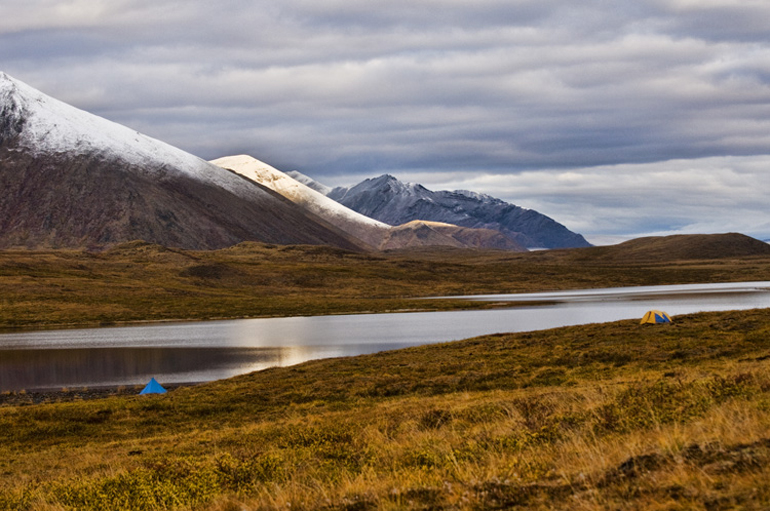
So with the power of a president and new pro-conservation organizations the bison and egret were snatched from the jaws of oblivion. They would not suffer the fate of the passenger pigeon. It was a clarion call to action. Species could be saved if only we cared.
In the first half of the 20th century environmental issues took a back seat to a couple of wars and a great depression. Conservation legislation barely trickled through Congress during these tough times. The post-war years, however, were filled with an exuberant optimism. The United States had won the "greatest of all wars" with new technologies and would now convert these to peacetime applications, including space exploration, computers, and wonder drugs. This fueled a swagger just waiting to happen after years of war and depression. Babies were booming and so was the national economy. It seemed nothing but good times were rolling.
But new problems lurked. The air in our northeastern cities had become thick and hazy, irritating to eyes and lungs. Streetlights stayed on during the day and freshly fallen snow was gray, or even black. These problems were traced to the burning of fossil fuels, primarily coal and gasoline. Public lands were threatened by rapaceous developers and parks were overrun by hordes of littering tourists. Rivers and beaches were fouled with oil, chemicals, sewage, and garbage, the scraps of man's daily activities. A river in Cleveland caught fire from pollution. Songbirds were disappearing from our backyards. And the national bird faced the real possibility of going extinct. It was clear we were seriously contaminating our environment. (next photo)